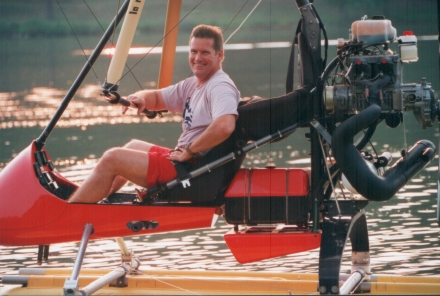No Distance is Too Great for Pain Relief With Minimally Invasive Spine Surgery
Find care now
If you are experiencing a medical emergency, please call 911 or seek care at an emergency room.

Find care now
If you are experiencing a medical emergency, please call 911 or seek care at an emergency room.
